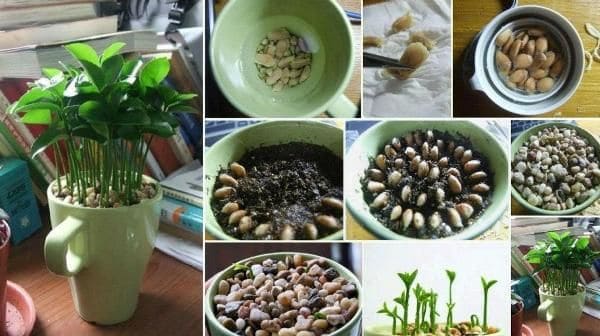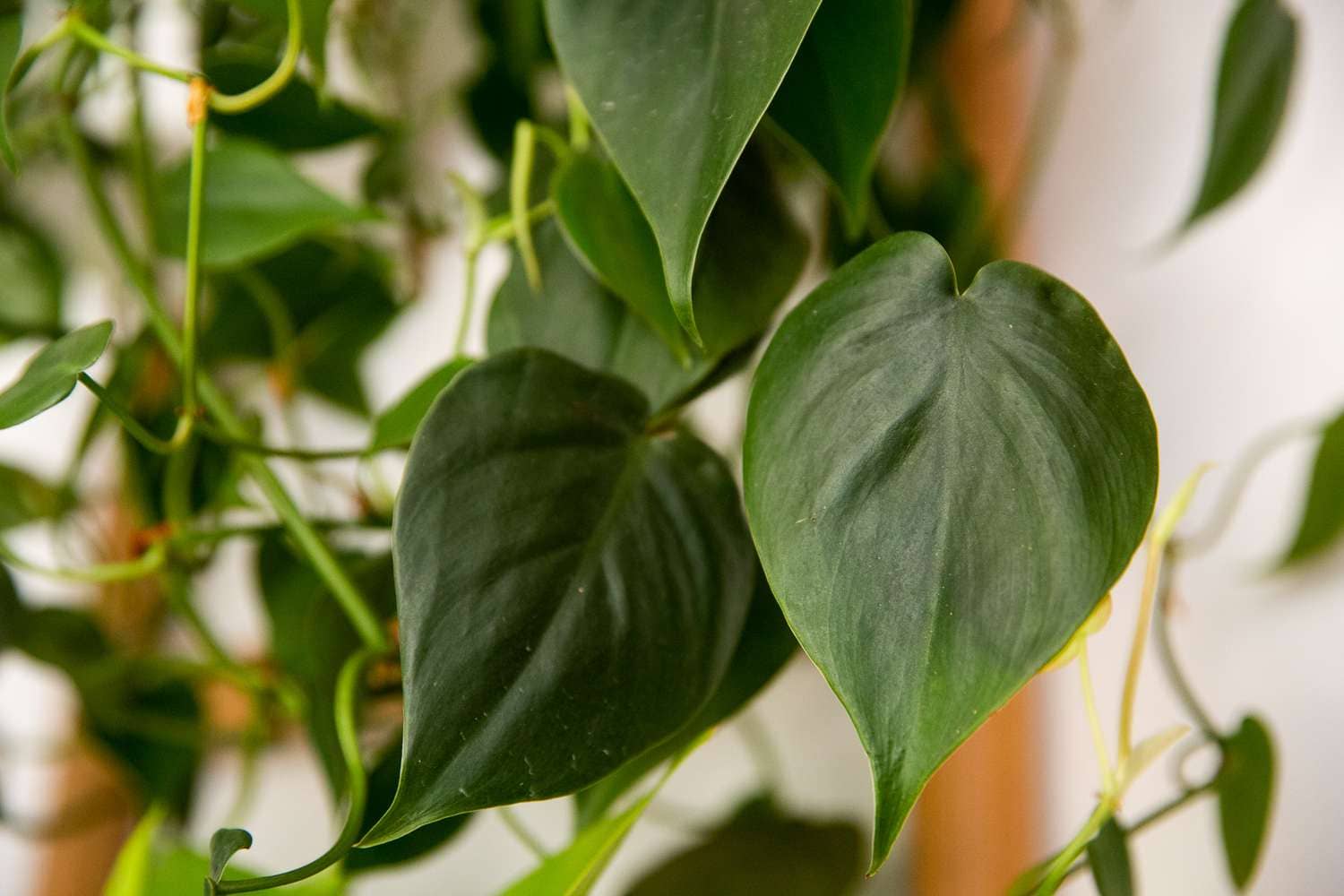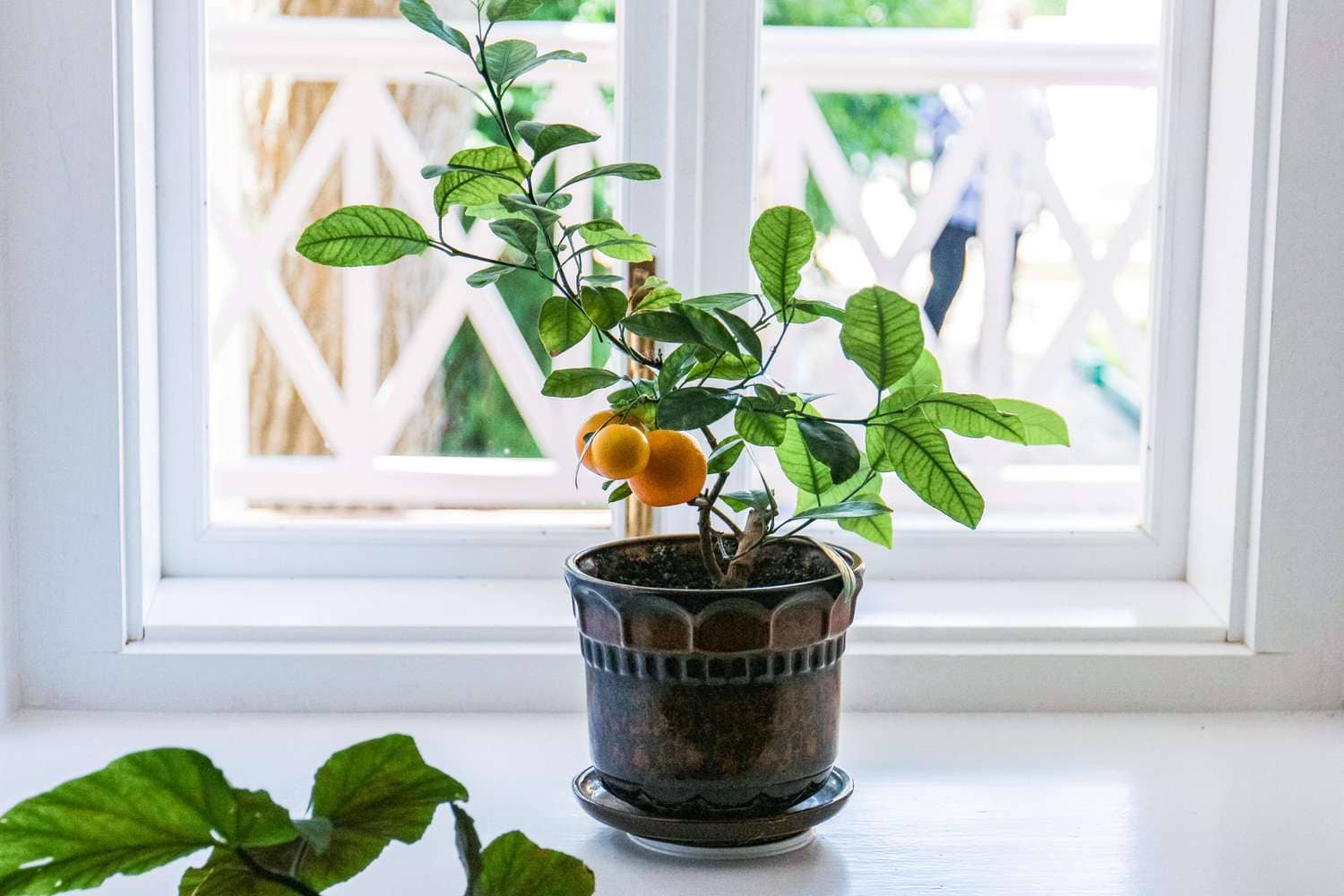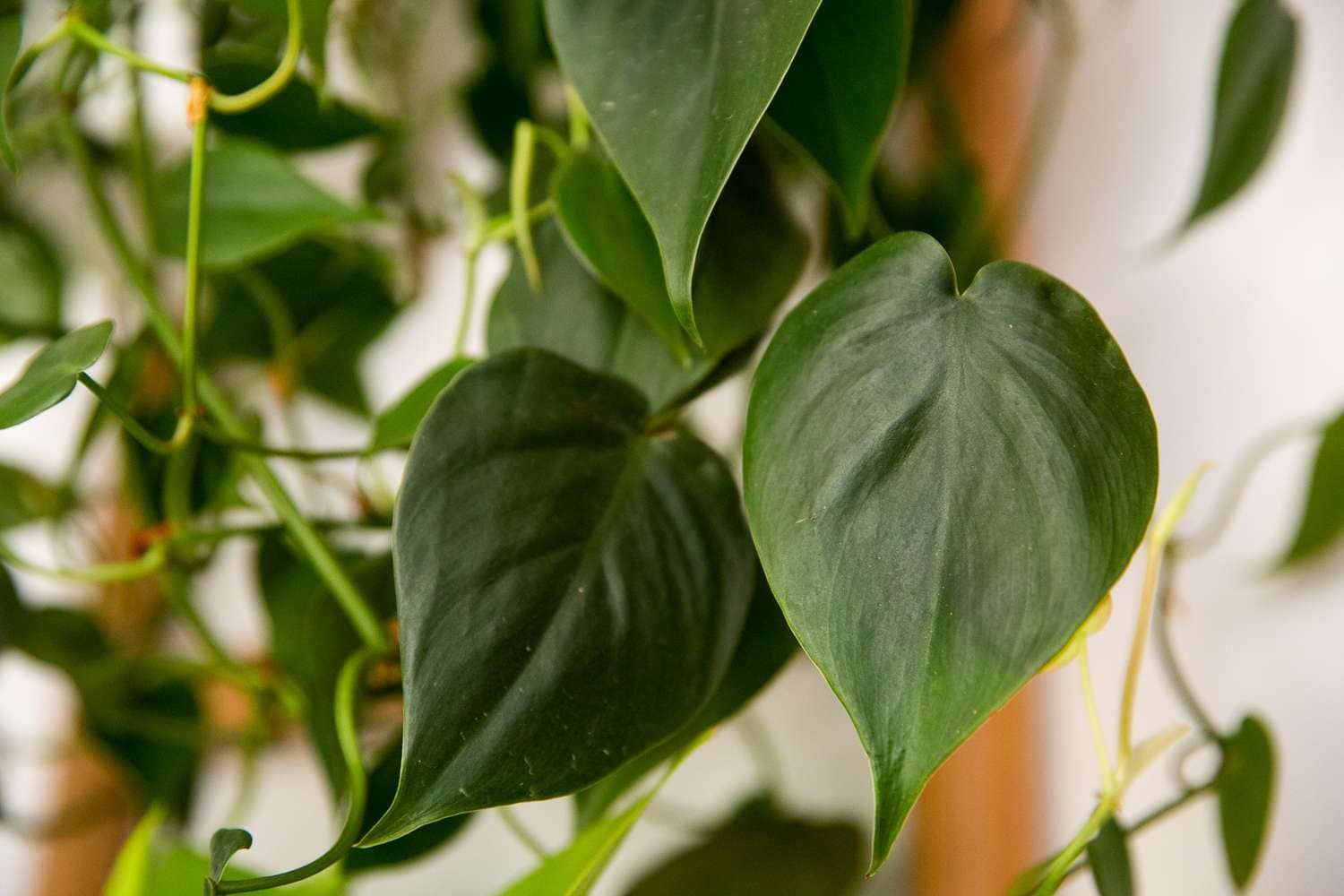Blue grasses, particularly those belonging to the Festuca genus, are renowned for their striking blue-green foliage and versatility in landscaping. Festuca species, commonly known as fescues, encompass a diverse group of ornamental grasses that thrive in various climates and soil conditions. In this comprehensive guide, we’ll delve into the world of Festuca grasses, exploring their characteristics, cultivation tips, and the numerous benefits they offer to gardens and landscapes.
Characteristics of Festuca Grasses:
These grasses typically form dense clumps or tufts, making them ideal for mass planting, edging, or creating borders. Some popular species of Festuca include:
- Festuca glauca (Blue Fescue): Blue Fescue is perhaps the most well-known species, prized for its compact size and intense blue foliage. It forms neat mounds of slender leaves and produces delicate flower spikes in summer, adding further visual interest.
- Festuca ovina (Sheep Fescue): Sheep Fescue is a hardy, low-maintenance grass with fine, wiry leaves that form loose, tufted clumps.
- Festuca amethystina (Amethyst Fescue): Amethyst Fescue is distinguished by its upright habit and feathery, purple-tinged flower spikes that emerge in late spring. It adds a touch of elegance and color contrast to garden borders and rockeries.
Cultivation and Care:
Festuca grasses are relatively easy to grow and maintain, making them popular choices for both novice and experienced gardeners. Here are some essential tips for cultivating and caring for these ornamental grasses:
- Sunlight: Most Festuca species prefer full sun to part shade. Ensure they receive at least 6 hours of sunlight per day for optimal growth and vibrant foliage color.
- Soil: Festuca grasses are adaptable to various soil types but thrive in well-drained, slightly acidic to neutral soil. Improve soil drainage by incorporating organic matter such as compost or peat moss before planting.
- Watering: Once established, Festuca grasses are drought-tolerant and require minimal watering. Water newly planted specimens regularly to help establish roots, then gradually reduce watering frequency.
- Pruning: Remove spent flower spikes and dead foliage as needed to maintain a tidy appearance and encourage new growth. In late winter or early spring, consider lightly combing through the clumps with a rake or gloved hand to remove any dead or brown leaves.
- Division: Every few years, divide overcrowded clumps of Festuca grasses to rejuvenate growth and prevent them from becoming overly dense. Divide in early spring before new growth emerges, and replant divisions in suitable locations.
- Fertilization: Festuca grasses are low-maintenance and generally do not require fertilization. However, a light application of balanced fertilizer in early spring can help promote healthy growth.
Benefits of Festuca Grasses:
Beyond their ornamental appeal, Festuca grasses offer several benefits to gardeners and landscapes:
- Drought Tolerance: Festuca grasses are well-adapted to dry conditions, making them ideal choices for water-wise or xeriscape gardens.
- Erosion Control: Species like Sheep Fescue form dense mats of roots that help stabilize soil on slopes or embankments, preventing erosion.
- Wildlife Habitat: Festuca grasses provide shelter and forage for small mammals, birds, and insects, contributing to biodiversity in the garden ecosystem.
- Low Maintenance: Once established, Festuca grasses require minimal care, saving time and effort for busy gardeners.
Conclusion:
Festuca grasses, with their stunning blue-green foliage and numerous benefits, are valuable additions to any garden or landscape. Whether used as edging plants, ground covers, or focal points in rockeries, these versatile grasses add texture, color, and vitality to outdoor spaces. By following simple cultivation and care guidelines, you can enjoy the beauty and resilience of Festuca grasses year-round, creating a serene and sustainable landscape that thrives with minimal input.





